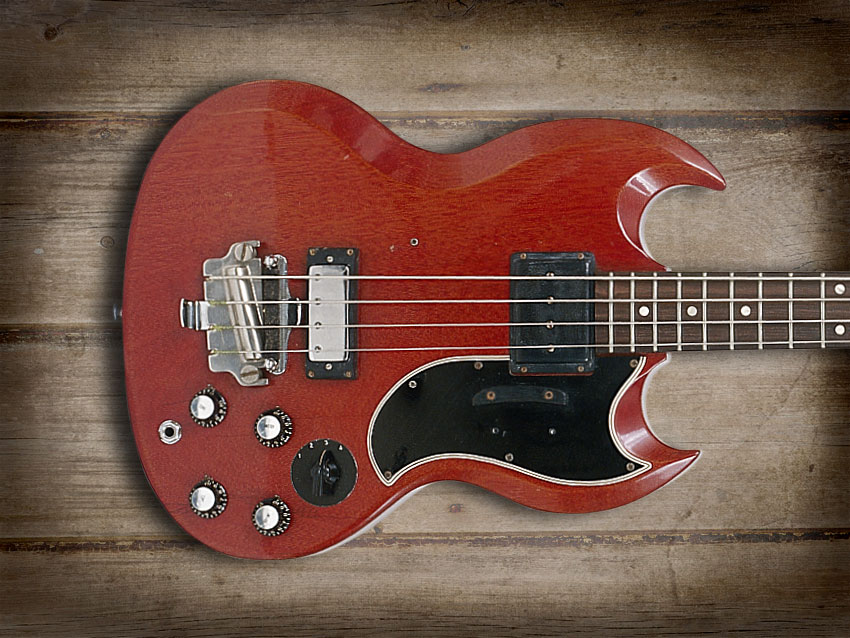Cool and classic basses: Gibson EB-3 Bass
Legendary basses profiled from Fender, Gibson, Warwick and more

When the EB-0 was revamped with the new SG styling, the EB-3 was also introduced sporting an additional pickup, another volume and tone control plus a four-position rotary switch that offered instant tonal variation.
This gave the bass far more sound definition than any other Gibson at the time and it soon became their most popular model. As a consequence it also became their most modified and remodelled bass ever and it's still going on today.
The initial plastic cover on the neck pickup was changed to metal in 1962. The single saddle bridge/tailpiece was soon upgraded to individual saddles and the earliest versions included a pull lever damper. Many different bridges have actually been used, metal wrist rests have come and gone, the neck pickup was relocated more centrally for a while during the seventies, 19 and 21 frets came and went, as did the inbuilt Fuzztone option.
During the period 1969 - 1972 bound rosewood fingerboards and a slotted (classical style) headstock were introduced. The EB-3L (1971-1973) offered a longer (34.5-inch) scale length and was available in standard cherry finish or white.
Read our full Gibson EB-3 bass profile here
Want all the hottest music and gear news, reviews, deals, features and more, direct to your inbox? Sign up here.